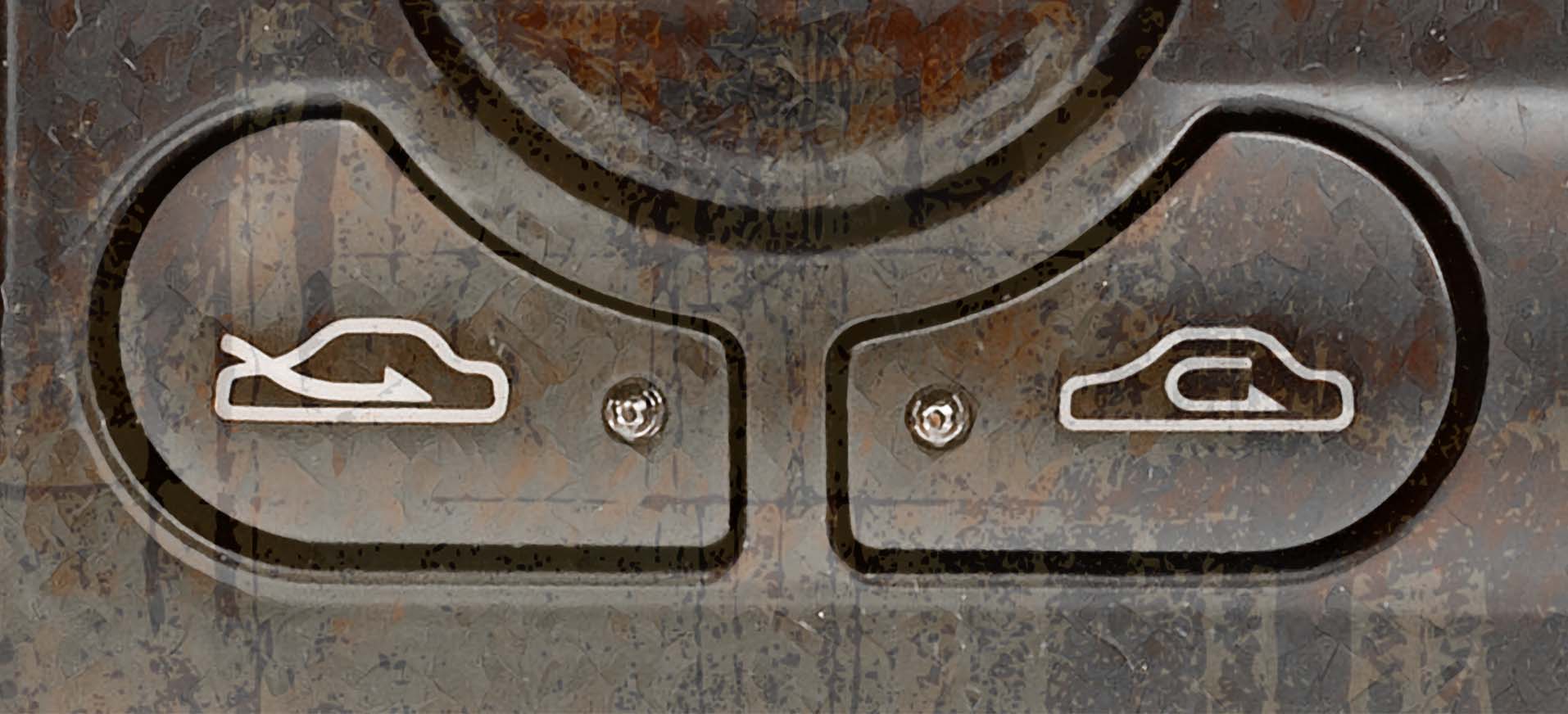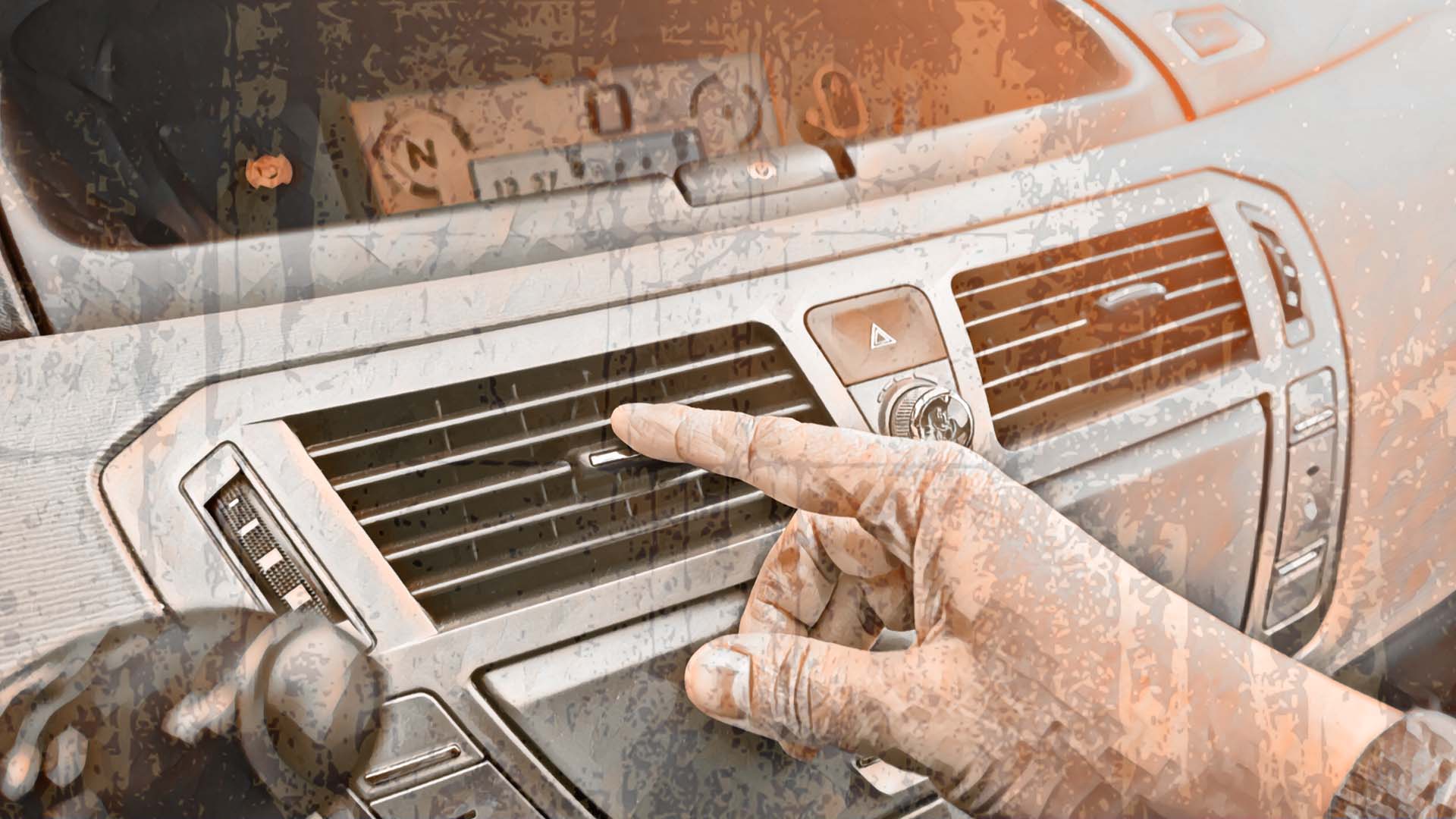Using your shop’s Cost of Doing Business (CODB) as a baseline for labor rates.

“Hey, you. Yeah, you driving with your windows all fogged up on the inside. I’ll betcha 10 bucks there’s one setting on your ventilation system—you know what, let’s make that two—that you’re using completely wrong for the conditions you’re driving in.”
You probably shouldn’t phrase it like that. But here’s the facts. First, I can almost guarantee in a defrosting situation, most of your customers have pressed the recirculating air button. Secondly, they probably also have the air conditioner turned off.
What do you think? Too bad you can’t get that easy $10.
I’ve heard it already. “But it’s cold outside and I have the recirc on so the heater doesn’t have to work as hard. And, like, who uses the air conditioner when it’s already cold out?” Now, I can see there’s some logic that’s been applied, but here’s why it’s flawed.

I mean, how could you screw this up? Image by Josh Seasholtz.
Let’s start with that recirc button. It’s there to prevent outside air from entering the passenger compartment. Most people only use it on super-hot days when they’ve got the air conditioning going full blast, and that’s what it was designed for. By cooling air that’s already been cooled by the A/C system on a hot day, the compressor doesn’t have to cycle as frequently (in theory), reducing load on the engine and saving you gas. My wife also uses it religiously to avoid smelling diesel exhaust when she’s behind trucks and buses, and that’s okay too as a secondary benefit.
Great, but why have it in the first place? Good question and thanks for asking. You see, engineers at one point determined that to prevent carbon monoxide gas from building up inside a car, it’s important to make sure drivers have a steady supply of fresh air to breathe. In the 1960s manufacturers started incorporating flow-through ventilation into new models, ensuring there was always a trickle of fresh air moving through the cockpit, starting at the cowl, moving through the heater box, and exiting unnoticed through a vent in the rear of the body.
This design also reduced the spike in cabin pressure one might experience when closing the doors with the windows up.
So by default, an interior is designed to be slightly drafty, but not in a way that one might normally notice. The recirculation feature allows a motorist to override the engineers’ preference and close off that sweet, sweet outside air. Or the smell of the garbage truck a quarter mile ahead. Disabling the flow-through ventilation doesn’t normally present a problem, but when the system is left closed for an extended period in damp conditions, that airborne moisture gets trapped in the cabin.
And when the glass is cold, guess where that moisture condenses? At the very least, driving in cold, damp conditions means the recirc should be off and the defrost on to warm the glass to prevent your windows from fogging up.

Turn everything up as loud as it will go and point the vents at you, right? Image by Josh Seasholtz.
Now about the air conditioner. Of course, it chills the air that passes over its coils, but it also acts just like that cold glass, attracting moisture in the process. In fact, drying out the cabin air might be just as important as cooling it down. And while air conditioning was originally its own self-contained system separate from the heater, fully integrated heating, ventilation, and air conditioning (HVAC) systems have been the norm for more than half a century. By the time CAFE requirements took effect in the 1970s, more than half of all cars in America were equipped with A/C.
But who wanted to give up their favorite fuel-sucking luxury for a couple extra MPGs? No one. So the engineers (those guys again) decided that if the A/C system could maybe work on recycling the inside air once it’s already been cooled, the energy-sucking compressor could run less often, saving precious gas without you breaking a sweat. Depending on what you drive, you’ve maybe seen this feature labeled as “Max A/C” on your panel.
By the 1980s, recirculating ventilation started showing up in some cars as its own setting, allowing air already in the cabin to make repeat trips through the HVAC unit at the push of a button, even those not equipped with A/C. Today the feature is standard equipment, as is air conditioning itself.
Now back to your customer and his decision to not use A/C in the cold. It’s not the 1960s anymore. A/C isn’t a stand-alone system. The cool, dry air it produces moves through the heater box like all the air that moves through your interior, which means you can turn it on and apply as much heat as is needed to make the inside of a car as cozy as a fireside La-Z-Boy.
Which is what your customers should be doing when it’s this cold and damp. So pop on the A/C and let that dampness out. And if you were so bold as to suggest it, remember to collect your $10.
The articles and other content contained on this site may contain links to third party websites. By clicking them, you consent to Dorman’s Website Use Agreement.
Participation in this forum is subject to Dorman’s Website Terms & Conditions. Please read our Comment Policy before commenting.